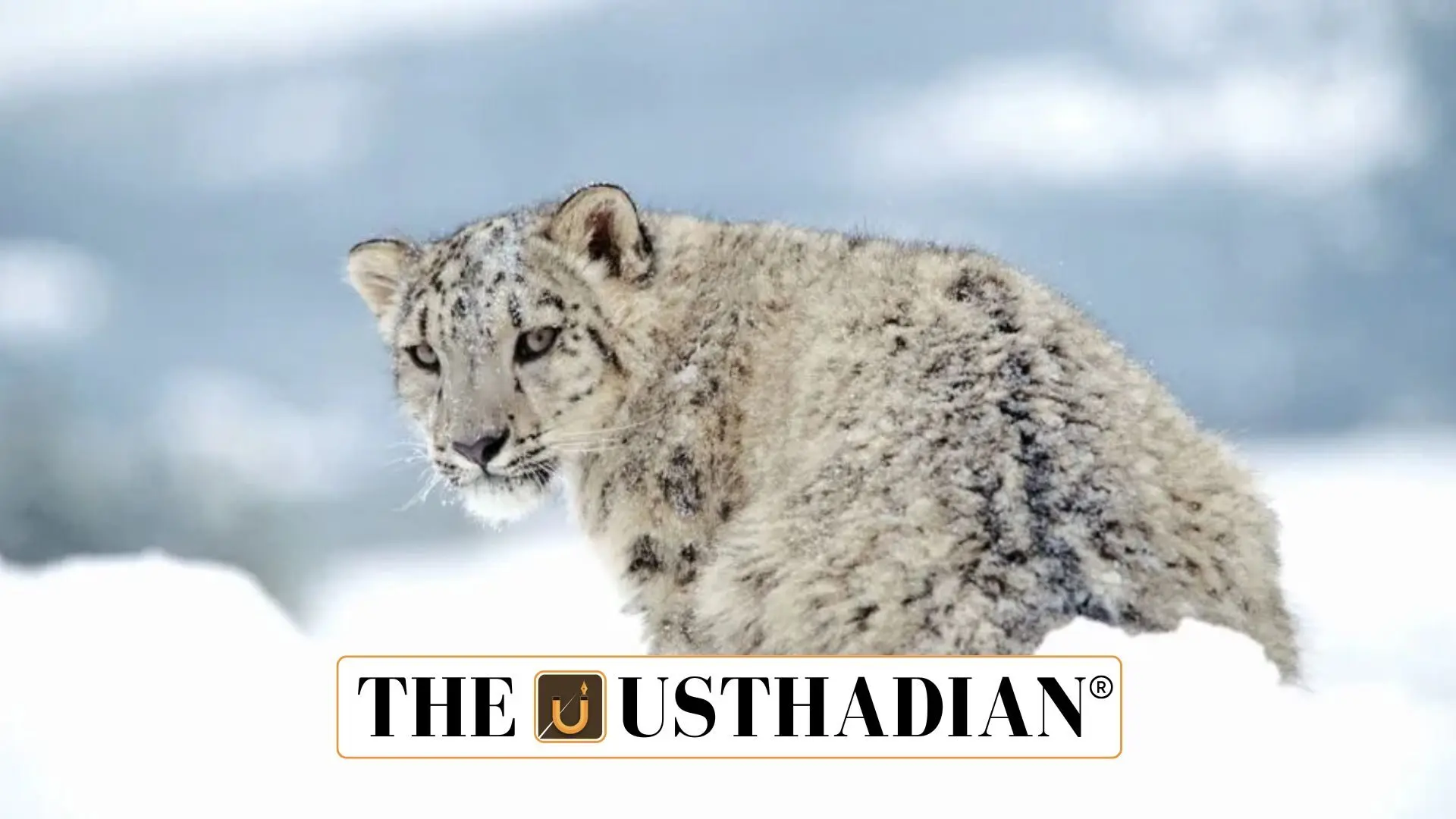A Himalayan Haven for the Elusive Cat
Ladakh Records World’s Highest Snow Leopard Density: A Conservation Milestone: Ladakh has emerged as the world’s top hotspot for snow leopards, housing 477 out of India’s estimated 709 snow leopards. That’s about 68% of the national population concentrated in this Union Territory. With a vast and undisturbed landscape covering over 47,000 square kilometers, Ladakh offers one of the most secure habitats for these big cats, especially in areas like Hemis National Park, where the density is a record-breaking 2.07 leopards per 100 km².
How the Numbers Were Gathered
What makes this study stand out is the scientific intensity of the method used. Covering 59,150 km², researchers combined camera traps, field surveys, and habitat modelling to gather data. This was not just another wildlife count—it was a deep dive into the real-time conditions and populations, involving both ecological data and behavioral patterns of the animal and its prey.
Why Ladakh?
Several unique features of Ladakh contribute to this high snow leopard density. The rugged terrain and minimal human interference help preserve natural ecosystems. Cultural traditions among Ladakhi communities favor coexistence over conflict, and local departments have worked hard to end poaching and protect prey species like blue sheep, Himalayan ibex, and Tibetan urial. These prey animals are crucial for snow leopard survival, making Ladakh an ideal environment.
Not Without Challenges
Despite this success, there are serious conservation threats. The IUCN downlisting of snow leopards from “Endangered” to “Vulnerable” in 2017 has raised concerns. The label might falsely suggest that the species is safe, while 221 to 450 leopards are still poached globally each year. Demand for snow leopard pelts and body parts in illegal markets remains strong, which puts pressure on even well-protected zones like Ladakh.
Involving Communities for Lasting Impact
A major takeaway from this study is the power of community-led conservation. The involvement of pastoralist groups and the inclusion of traditional knowledge in management strategies have been key. People aren’t just observers here—they’re partners. As tourism and development rise in these sensitive areas, such collaboration is essential to ensure wildlife and livelihoods can coexist.
STATIC GK SNAPSHOT
Ladakh Records World’s Highest Snow Leopard Density: A Conservation Milestone:
| Topic | Details |
| Total Snow Leopards in India | 709 |
| Snow Leopards in Ladakh | 477 (68% of national population) |
| Highest Density Location | Hemis National Park (2.07 per 100 km²) |
| Total Habitat Area in Ladakh | 47,572 km² |
| Survey Area | 59,150 km² |
| Survey Methods | Camera traps, occupancy surveys, habitat modelling |
| Major Prey Species | Blue sheep, Himalayan ibex, Tibetan urial |
| Snow Leopard IUCN Status | Vulnerable (since 2017) |
| Poaching Estimate (Global) | 221–450 leopards per year |
| Conservation Model | Community-involved planning and monitoring |








